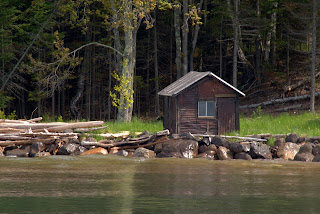One of the main benefits of self-sustaining living is the ability to reduce your environmental impact. By generating your own power through solar panels or wind turbines, for example, you can significantly reduce your carbon footprint. Additionally, by growing your own food and managing your own waste, you can reduce your dependence on commercial agriculture and landfills.
Another benefit of self-sustaining living is the sense of empowerment and self-sufficiency it provides. By learning to rely on your own resources and skills, you can become more self-reliant and less dependent on external systems. This can lead to a greater sense of control over your life and a deeper connection to the natural world.
When it comes to getting started with self-sustaining living, it's important to have a plan. This may include researching and investing in the necessary equipment and infrastructure, such as solar panels or a well, and learning the necessary skills, such as gardening or basic plumbing.
It's also important to be mindful of the resources you use and to find ways to reduce waste and pollution. This can include using composting toilets and rainwater harvesting, as well as finding ways to recycle and repurpose waste materials.
Self-sustaining living can be a challenging but rewarding lifestyle choice. It requires a willingness to learn new skills, to be resourceful, and to be mindful of the impact we have on the environment. But for those willing to take on the challenge, it can lead to a more sustainable, self-sufficient, and fulfilling way of life.


Post a Comment